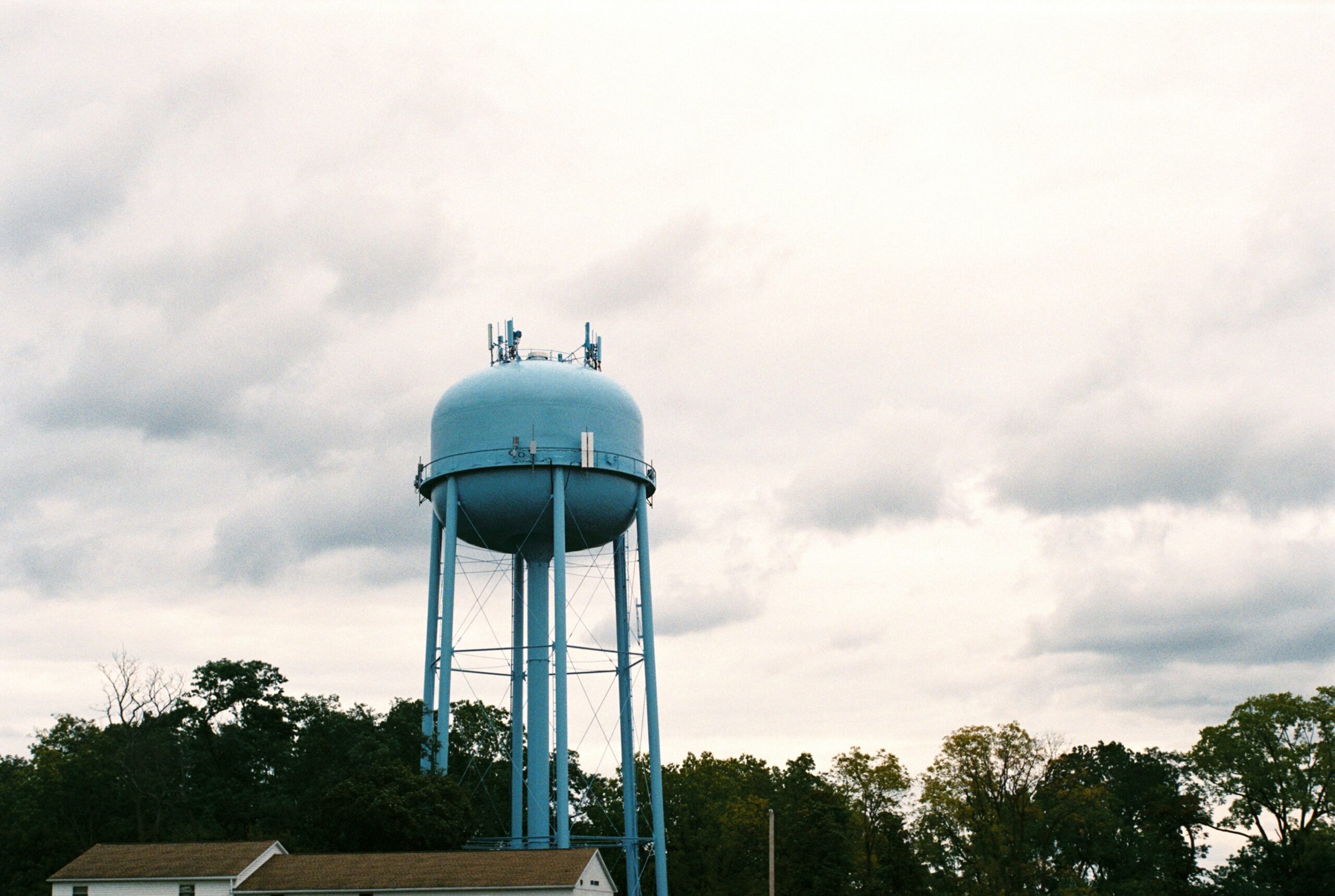Forever chemicals, scientifically known as per- and polyfluoroalkyl substances (PFAS), have been produced and manufactured in a wide variety of industries since it was first discovered in the 1930s. Litigation and regulatory efforts have been underway for over two decades, arising from the ubiquity and persistence of PFAS and the growing amount of scientific evidence pointing towards PFAS exposure-based health impacts.[1] Characterized by their heat, oil, and water-resistant properties, PFAS are used in products as varied as pizza boxes, make-up, and firefighting foam.[2] The latter has been identified as a potential major source of PFAS contamination in the environment and drinking water–sparking a host of litigation efforts throughout the country.[3]
On September 27, 2018, a federal judicial panel decided to consolidate these cases by creating Multidistrict Litigation (MDL) 2873 set in the United States District Court of South Carolina.[4] MDL-2873 is comprised of over 1800 cases that have common questions of law and fact involving the use of aqueous film-forming foams (AFFFs) and PFAS contamination.[5] These cases generally allege that defendants, mostly major chemical manufacturers, contaminated groundwater with PFAS near various military bases, airports, and other industrial sites with the use of AFFFs.[6]
Read More





